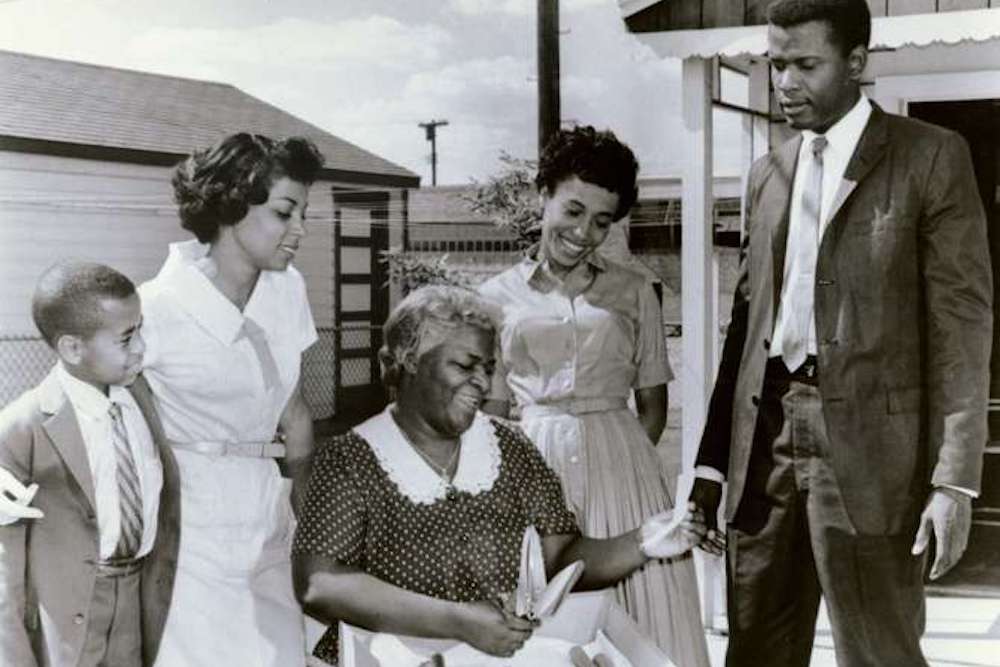A comparison of ‘A Raisin in the sun’ play and its adaptation as a film
The play ‘A Raisin in the Sun’ by Lorraine Hansberry captures the state of racism, double consciousness, black pride and pursuit of wealth that characterized an American black family in the 1950s. The adaptation of the play into a movie was hailed as both seminal and intriguing. This essay compares the similarities and differences between the original play and its adaptation into film. It focuses on principal themes, context, and imagery to create a coherent exemplification.
Hansberry plays and its film adaptation aptly captures the plot development which revolves around the life of a black family that had already lost their father. They are indecisive of how to utilize the expected insurance pay. Walter stubborn desires to control the family money lead his wife Lena to speak with the mother (1.1.187). Walter the main protagonist then travels the family into a trajectory of tragedies when he decides to pursue unwittingly his desire to invest in the liquor business as an obvious get-rich-quick ambition. He lost his money prompting his sister to miss out on education. Walter is torn between selling the family house and moving back to a black neighborhood for his mother had used part of the money to buy a house, or standing for the right course of equality and justice. Finally, he chooses the superior path of racial equality and doing the right thing.
The play and the movie, however, exhibit a number of differences worth exploring. First, there is a difference in the context. The play predominantly takes place in the sitting room of the Younger’s family while the movie takes the audience and spectator alike to a number of different settings mentioned in the play but not described. This ensures that in the movie the audience is able to connect and flow with the main theme because contextualization is an important aspect of understanding a film. An example of how context is brought out to live in the movie unlike in the play is at the beginning of the film. It starts with showing Walter working for an upscale white family whereas this is only mentioned in the play when it begins. In addition, when Lena gives money to Walter, in the play the context is in their apartment while in the movie this happens in the bar. One reason why the directors opted for the difference is to ensure that the characters were also well developed and the prevailing emotions captured.
Besides context, there is the use of enhanced sceneries and imageries in the movie than in the play. For example, the movie showcases the powerful and emotional moments when Walter gives out the money to Harris who consequently run with it. The movie also captures Walter narrating the disheartening incident to the family. Nevertheless, the adaptation of the movie also omits some acts such as the imagery of Beneatha cutting off her hair due to frustration.
In summary, however, the adaptation of the play successfully depicts the major themes and issues surrounding the characters and their world view. It also pertinently explores the play major plot without major deviations. However, there are settings and imagery based differences. The movie includes additional settings such as the bedroom, bar, and Walter working for a white family, albeit in a very informative way. It, however, misses on some imagery such as Beneatha cutting off her hair due to frustration and being influenced by Joseph about being a perfect African woman.







